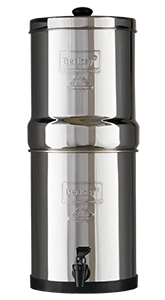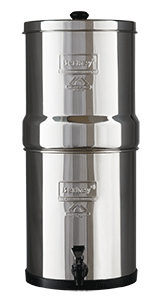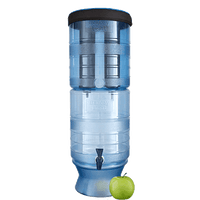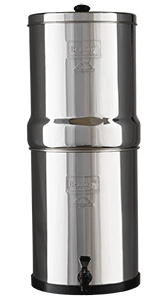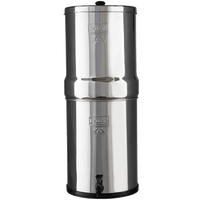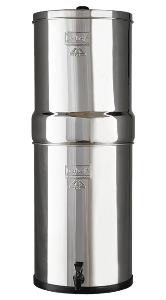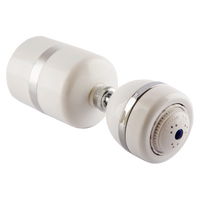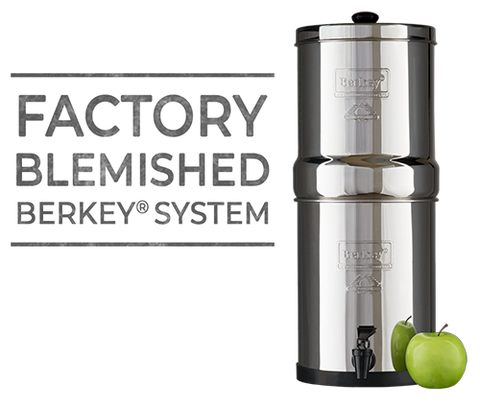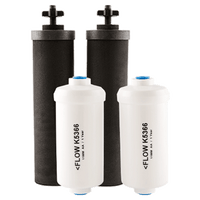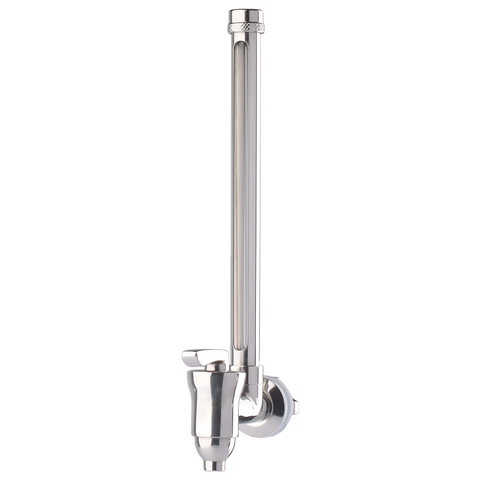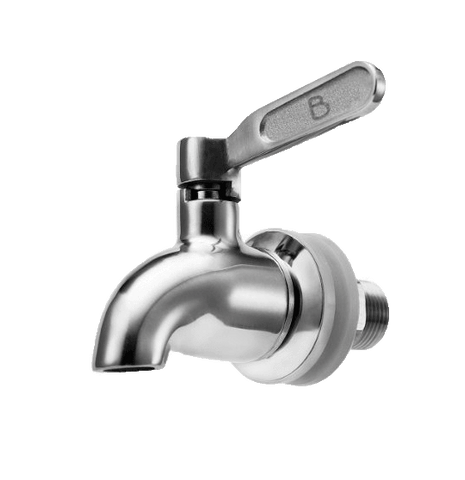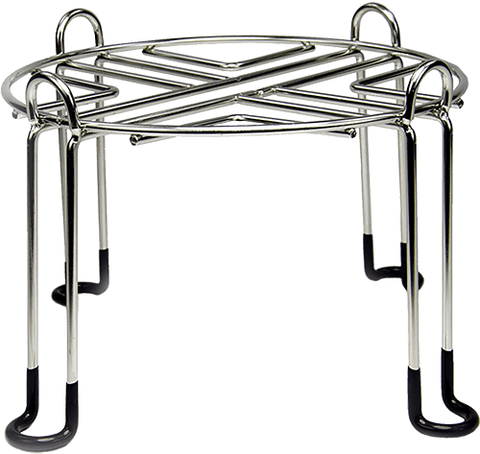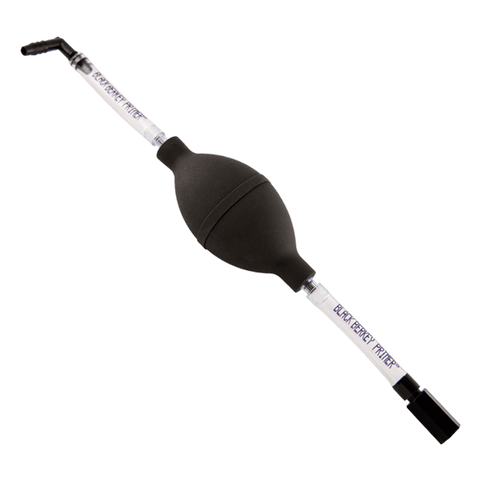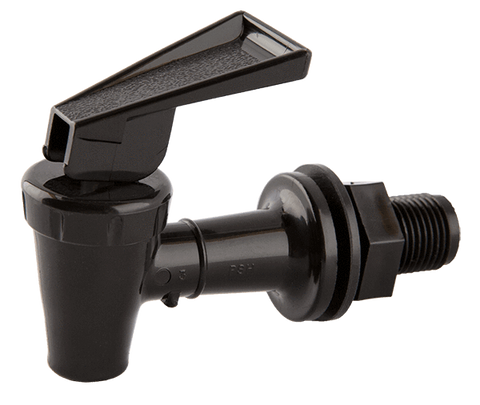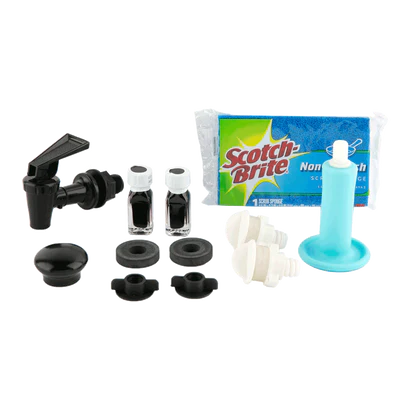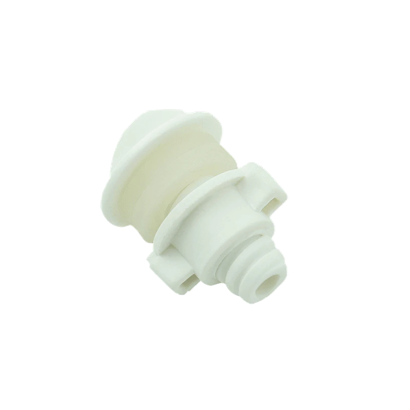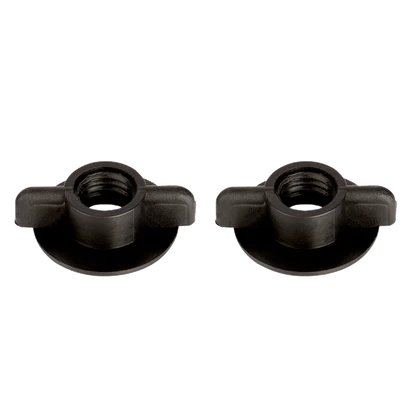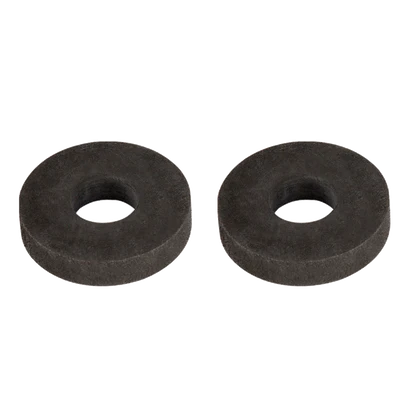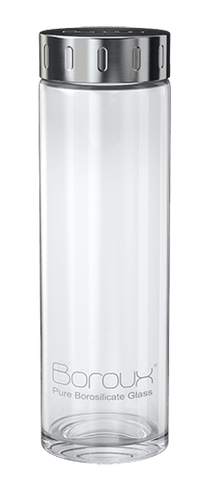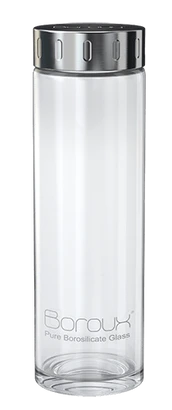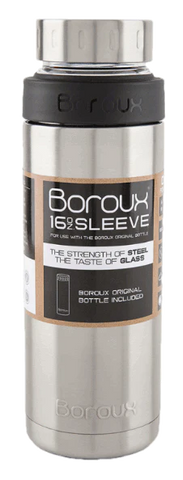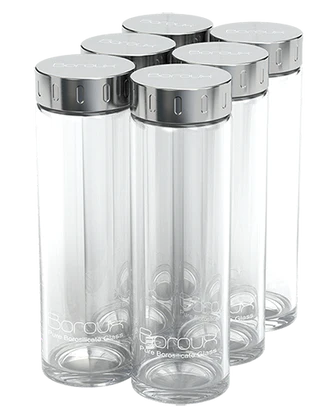Does Berkey Reduce Microplastics?
Most likely.
Black Berkey Filters' tests show the reduction of contaminants in the range of 24-26 nanometers (.024 to .026 microns). This suggests that contaminants much larger in size, such as plastic fibers, would also be reduced.
Without official microplastic-specific tests, we cannot say that Berkeys remove 100% of microplastics. However, based on what else Berkey filters, it is highly likely that Berkeys also reduce microplastics due to the relatively large size of even the smallest plastic fragments.
A micron is an abbreviated term for micrometer, or a millionth of a meter (1/1,000,000 meters). This is about .00004 inches. For a size comparison, a human red blood cell is about 5 microns across. A human hair is approximately 75 microns across. 2.5 microns would be 2,500 nanometers.
An analysis of microplastics in water caught particles of more than 2.5 microns in size, 2.5 microns is 2.5 micrometers. This would mean that Berkey reduces molecules much smaller than the plastic particles being found in water. However, in an abundance of caution, without specific testing of plastic fibers Berkey cannot officially claim that the filters completely remove microplastics.
What are Microplastics?
Microplastics are very small fragments, or pieces of plastic. Specifically, microplastic refers to plastic that is five millimeters or smaller in size.
Microplastic pollution is found at the Earth's highest point, Mount Everest and in the deepest trenches of the ocean. Microplastics are a result of the breakdown of other larger plastics, such as those from plastic bags or bottles.
Plastics exposed to natural forces, wave action, wind abrasion, or ultraviolet radiation from sunlight will crack and break up the solid piece into smaller and smaller pieces. Or, microplastics can also be specifically made to be tiny for commercial uses such as in cosmetics, and clothing.
A minuscule particle of plastic qualifies as a microplastic if it is less than .2 inches (5 millimeters) in diameter. These small fragments of plastic pieces are polymer chains of hydrogen and carbon derived from petrochemicals extracted from oil and gas products. Plastics are the most common pollution in our oceans.
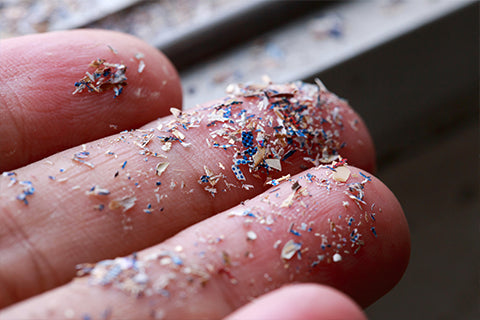
Health Risks of Microplastics
Results from studies of the effect of microplastics on humans have not yet been conclusive. However, some studies show consumption and inhalation of microplastics resulted in cell damage and allergic reactions. One study looked at microplastics and nanoplastics affect on human cells, specifically inflammation as a results of cytokine secretion. This response is specific to certain polymers (PVC) and particle shapes or fragments. Cytokines are small proteins that send signals in cells, such as autocrine, paracrine and endocrine signaling as immunomodulating agents. Immunomodulators are a substance that stimulates or suppresses the immune system. The conclusion is that nanoplastic exposure provokes human immune cells to secrete cytokines as key initiators of inflammation. Even though more studies are needed, some evidence shows that microplastics alter immune system cells.
How Do Microplastics Get into Your Drinking Water?
Microplastics are so tiny and lightweight the particles become part of everyday dust. Airborne microplastics land on surfaces and get into food, water and even the air we breathe. 85% of plastic waste is microplastics, which is not biodegradable. Due to how small microplastics are water treatment facilities cannot filter them out.
"Microplastics have been detected in drinking water, beer, and food products, including seafood and table salt. In a pilot study involving eight individuals from eight different countries, microplastics were recovered from stool samples of every participant. Scientists have also detected microplastics in human tissues and organs." --National Geographic.
Annual plastic pollution in the ocean is estimated to be 4 million to 14 million tons. Fish, birds and other sea animals ingest microplastics, mistaking them for edible flecks. These particles fill up the digestive tracts of aquatic species, leaving less room for nutritious food, eventually leading to the starvation, neurological and reproductive toxicity, and death of these creatures.
How Berkey Reduces Contaminants From Water

The Berkey filtration process is multifaceted using several steps to stop contaminants.
Microfiltration is the microscopic topography of the surface of the filter elements that contains millions of tiny holes that let water pass through. These holes are so minute that pollutants physically cannot pass through them. Furthermore, these micropores pass through the filter shell in convoluted twists and turn known as a “tortuous path,” further ensnaring the tiniest contaminants. Each cylindrical Black Berkey Filter is composed of a formulation of more than six different media types, all constructed into a very compact matrix containing millions of microscopic pores.
Adsorption creates an ionic barrier similar to surface tension. The barrier spanning between the micropores blocks water contaminants that are smaller than the pore size itself. Berkey filters take advantage of contaminants electrostatic charge and pulls them in against the walls of the tunnels in the “tortuous path" of the filter. Similar to static cling, it holds them against the surfaces in the filter and never lets go.
Ion Exchange attracts contaminant ions to the carbon filter and then switches the molecules for a benevolent one. The Black Berkey filters are loaded with ions that attract contaminant molecules. Those molecules are absorbed and permanently bonded to the filter, never entering the drinking water in the bottom chamber of the Berkey. The chemical compounds are altered which completely changes their behavior and structure.
Does Berkey Change the pH of H2O?
Alkaline. Acidic. Neutral. What should water be? What affects it?
Does Berkey Filter Radioactive Materials?
The most common radioactive elements are beryllium, radon, radium, strontium, tritium and uranium.
Are your kids drinking filtered water?
Current water treatment standards are based on adult weights.

